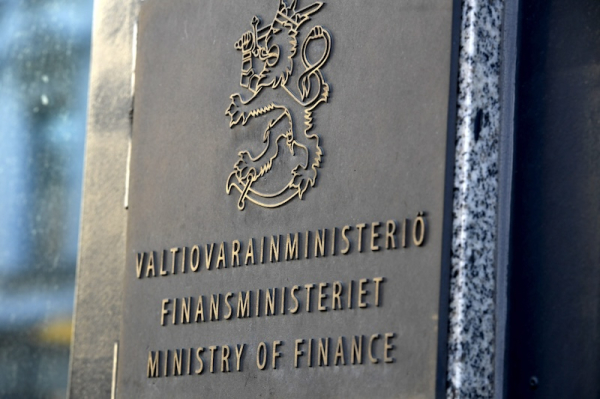
A sign for the Ministry of Finance on the ministry’s front door in Helsinki. LEHTIKUVA
- Next Article Last chance to visit Tullimuseum this summer: Dive into the world of car ferries and smuggling
Over the past three years, Finland’s general government debt-to-GDP ratio has increased by 1.9 percentage points, while the euro area’s average debt ratio has declined by 10.6 percentage points. This discrepancy highlights unique economic challenges Finland faces compared to its European counterparts.
Despite running consistent deficits over the past three years, Finland’s cumulative general government deficit of 7% of GDP remains below the euro area average of 11.5%.
This suggests that the relative increase in Finland’s debt ratio cannot be attributed to higher deficits alone.


A significant factor contributing to Finland’s rising debt ratio is its sluggish economic growth. While the euro area’s nominal GDP grew by 24% over the past three years, Finland’s growth lagged at 15%. This slower growth is partly due to weaker real GDP performance and slower price increases in Finland compared to the rest of the euro area. The rise in interest rates has heavily impacted Finland’s economy, especially due to the sensitivity of housing loans to interest rate changes, dampening private consumption and construction investments.

Other factors, including stock-flow adjustments, have added six percentage points to Finland’s debt ratio. A notable portion of this is due to the surplus in employment pension funds, which are invested in financial markets and do not offset the need for government borrowing. Consequently, the cumulative deficits of debt-accumulating central and regional governments have hovered around 10% of GDP.
Additional debt has been driven by the growth of liquid assets, government loans, and advance payments. Over the past three years, the central government’s balance sheet assets have increased by approximately €10 billion, or 3.6% of GDP. This includes a €5 billion rise in liquid assets, largely due to higher collateral requirements for derivatives used in debt management. Recently, the central government revised its debt management policy to curb new interest rate swaps, which is expected to reduce future public debt.
Another €2 billion in debt growth is linked to advance payments for the procurement of F35 fighter jets. These payments have already impacted debt growth, although they will not reflect in the general government deficit until the jets are delivered next year.
Finland’s rising indebtedness is primarily driven by central and local government deficits, compounded by unique financial transactions. Weak economic growth has exacerbated the deficit in public finances and directly affected the debt ratio.
However, there is a glimmer of hope. The Finnish economy is expected to return to growth next year. Coupled with the government’s extensive consolidation measures, this growth is anticipated to slow down the pace of indebtedness. Current forecasts suggest that while the growth of Finland’s debt ratio may halt in the coming years, achieving a significant downturn in the debt ratio will require robust economic growth or further fiscal adjustments.
HT
- Next Article Last chance to visit Tullimuseum this summer: Dive into the world of car ferries and smuggling
Source: www.helsinkitimes.fi
